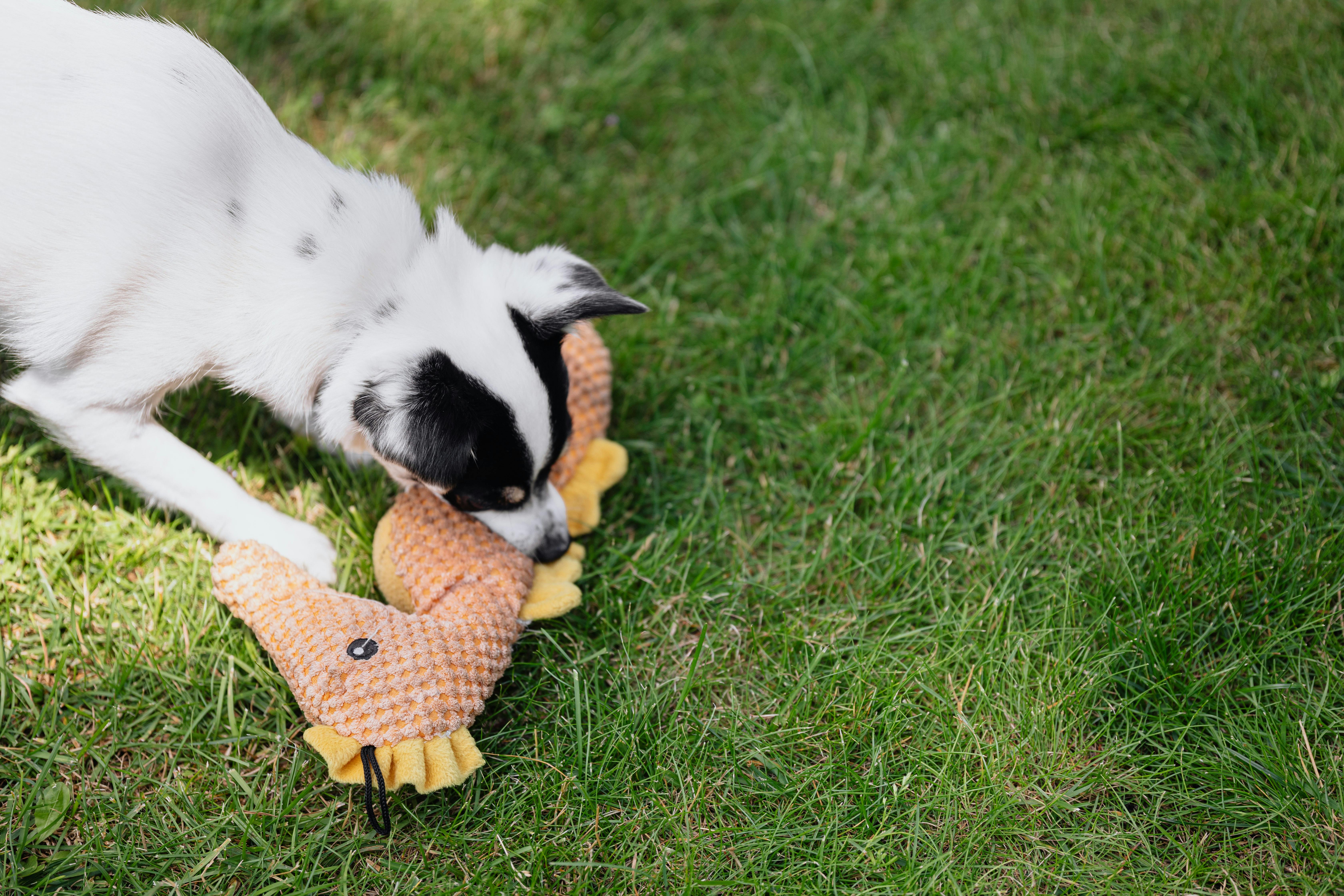Beagles are one of the most popular breeds in the United States and Canada. They are one of the oldest breeds of hounds and were originally bred to hunt in small packs or groups (pairs). Today, hunting and field trials are still popular with beagles, but they are increasingly being kept as family pets.
Beagles are adorable and friendly by nature and like children, so they can be ideal family pets. Their moderate size and modest need for exercise make them suitable for anything from apartment living to a country house and anything in between. Beagles are very social animals, so it is not uncommon for families to adopt more than one.
With all of their qualities, prospective beagle owners should be aware that there can be some challenges as well. Beagles tend to be stubborn and easily bored, so this can make training difficult if you don’t do it the right way. They are bloodhounds and will follow their noses for miles if given the chance, although this tendency can be reduced somewhat through breeding. Understanding how beagles behave and using methods that work well with your breed will take much of the frustration out of training your little dog to be a great family companion. Read on as we discuss some techniques that work well with beagles.
Here are some key points to remember when training your beagle:
• Start with short training sessions of just a few minutes. Beagles have short attention spans, especially as puppies. Keeping them engaged for 10 to 15 minutes at a time is a good way to start.
• Beagles love food, so treats can be a good reward for the behavior you’re trying to reinforce.
• Do not scold your beagle and do not be aggressive with him. These methods can often backfire and cause behavior problems in your dog. Instead, reinforce positive behavior instead of scolding negative behavior. Show them how you want them to behave and reward them when they do well.
• If you are outside, use a leash or work in an enclosed area. Remember that most beagles will walk away if they detect an interesting scent.
• Early socialization is often overlooked, but it is very important in your dog’s development. Do not separate your puppy from the mother and litter from him until at least 8 to 10 weeks of age. Then work on socializing the puppy with his family and other pets.
• Crate training is a good option to aid in housebreaking and help your beagle feel secure. The crate becomes his den and reduces the tendency to bark when he thinks the whole neighborhood is his territory.
• Obedience training is important for all dogs, including beagles. Often a class is the best approach as you will get an experienced instructor (ask about the class to find the right one). It is also a good environment for additional socialization with people and other dogs.
• Beagles can respond well to clicker training and this can help teach your dog obedience commands.
• Learn to be the alpha “dog” in your “pack.” If you don’t take control of your home, your dog will assume the role of alpha and this will lead to all kinds of obedience problems. Since beagles are stubborn, it is important that they understand that you are in charge. Learn to be calm, assertive, and firm with your dog, but not mean or abusive. Your dog will understand how he fits into the family structure (your pack) and everyone will be happy. His body language and attitude are important in learning the skills of being the alpha leader, so find a resource that can help you do it right.
• Don’t forget to have fun. Training your beagle should be fun for you and your dog. Sometimes, with a little creativity, you can turn your workout routine into a game you’ll both enjoy.
There are also training methods for specific problems such as barking and howling, digging, chewing, biting and nipping, aggression, separation anxiety, leash pulling, and many other common difficulties beagle owners may experience. Correcting these problems early rather than procrastinating will make it easier and may prevent more serious problems, such as your dog biting a stranger. Sometimes it’s best to involve a professional, such as an obedience instructor or your veterinarian, to help resolve a problem before it gets out of hand.
There are many resources to help you learn how to train your beagle correctly. Don’t be afraid to try a few different things and see how they work. You and your dog are unique individuals, so you will likely get different results that should be tailored to your specific situation and needs. Trying out various options will help you know what works best for you and your beagle.
Enjoy!



